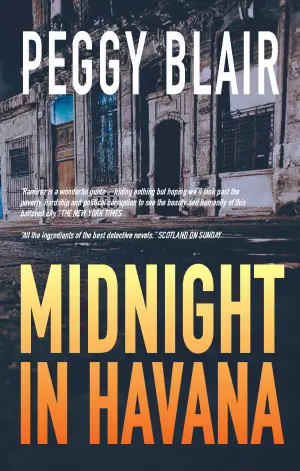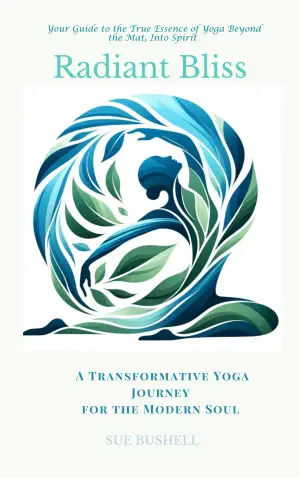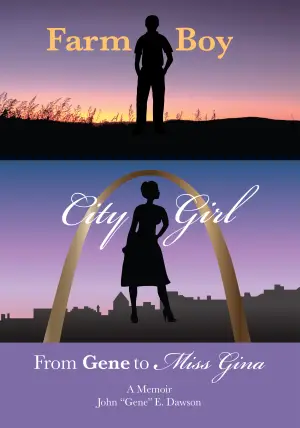Exploring the Complex Tapestry of Humanity in The White Pill: A Tale of Good and Evil
When I first picked up The White Pill: A Tale of Good and Evil by the author, my curiosity was piqued not just by its intriguing title but by the promise of delving into a historical narrative that blurs the lines between good and evil. What I found was a thought-provoking exploration of human resilience, oppression, and the multifaceted nature of history itself. This book doesn’t just recount events; it invites readers to engage with the moral complexities woven throughout time.
The narrative unfolds like a dense tapestry, layered with rich themes of oppression, governance, and the often-overlooked nuances of individual agency. While the book is well-researched, providing a broad overview in just 371 pages, it occasionally takes the form of a scholarly essay reminiscent of an English 101 assignment—thought-provoking, yet lacking a clear direction initially. As I progressed through the chapters, I found the scattered storytelling began to coalesce into a more engaging narrative, though I still wished for deeper authorial assessments and emotional connections that could elevate the book’s poignant conclusions.
One highlight of this book was its ability to draw parallels between past and present political climates, although I felt that the analysis remained somewhat U.S.-centric. The author’s satirical tone and humor occasionally shone through, offering moments of levity amidst the heavy subject matter. Yet, this use of humor may not resonate with all readers; those unfamiliar with the author’s voice might find it a tad jarring amid the gravity of the themes at hand.
A particularly engaging aspect was the framing of politics and power as it is depicted throughout history. The stories connecting the Chicago Haymarket Square rally to broader societal implications stood out vividly to me, as they shed light on the often-ignored voices of dissent and suffering. Through various anecdotes, the narrative makes a case for the validity of personal stories, which can serve as profound case studies in understanding the collective struggles faced by humanity.
As a book club recommendation, The White Pill holds excellent promise. It invites robust discussions on themes like isolation versus community, the psychological impacts of oppression, and the cost of silence in the face of atrocity. However, it’s essential for readers to come equipped with at least a basic familiarity with the events discussed. Those new to this topic might feel adrift amid the complexities without a supportive framework, perhaps benefitting from supplementary resources like the documentary Gulag: The History.
Ultimately, this book is not merely a reiteration of past horrors but an introduction to deeper contemplations about our responsibilities—both as individuals and as a society. The narrative challenges us to reflect on our ethical bearings and consider how history teaches us to navigate contemporary moral dilemmas.
In summary, The White Pill finds its place as a significant read for history buffs and curious minds alike. It has its flaws— scattered organization, areas needing further elaboration, and an occasional lack of emotional depth—but these do not overshadow the invaluable insights it offers. I found myself pondering its themes long after I turned the last page, and I’m hopeful for the conversations it could spark in the insightful company of fellow readers. If you’re willing to embark on a complex journey through the annals of human experience, this book may just be the white pill you need to foster reflection and growth.
Discover more about The White Pill: A Tale of Good and Evil on GoodReads >>











